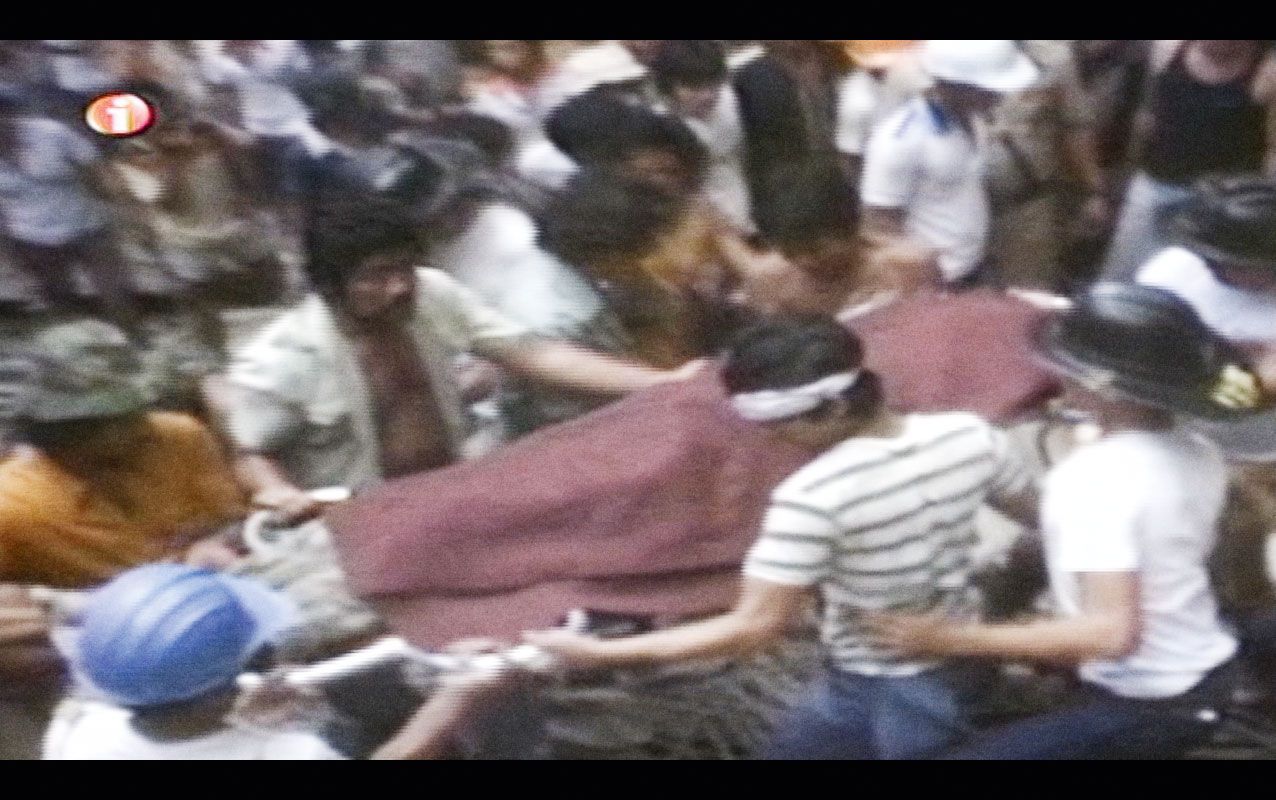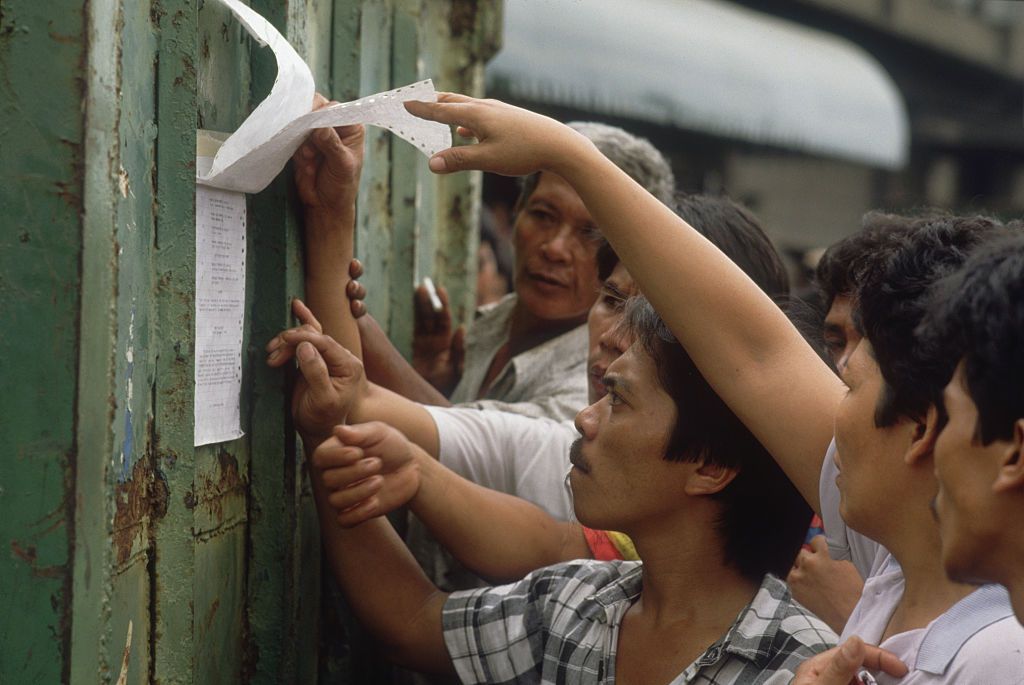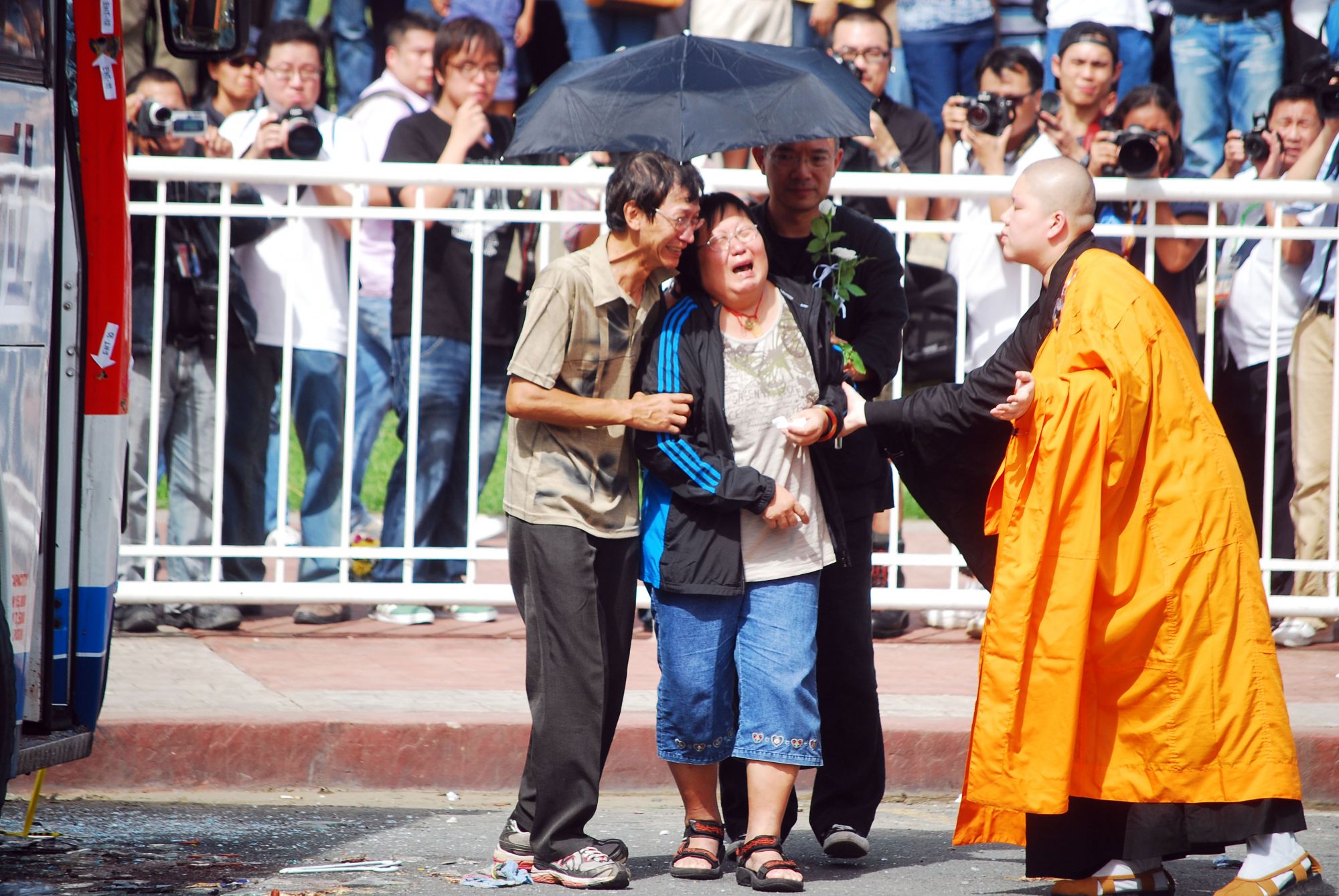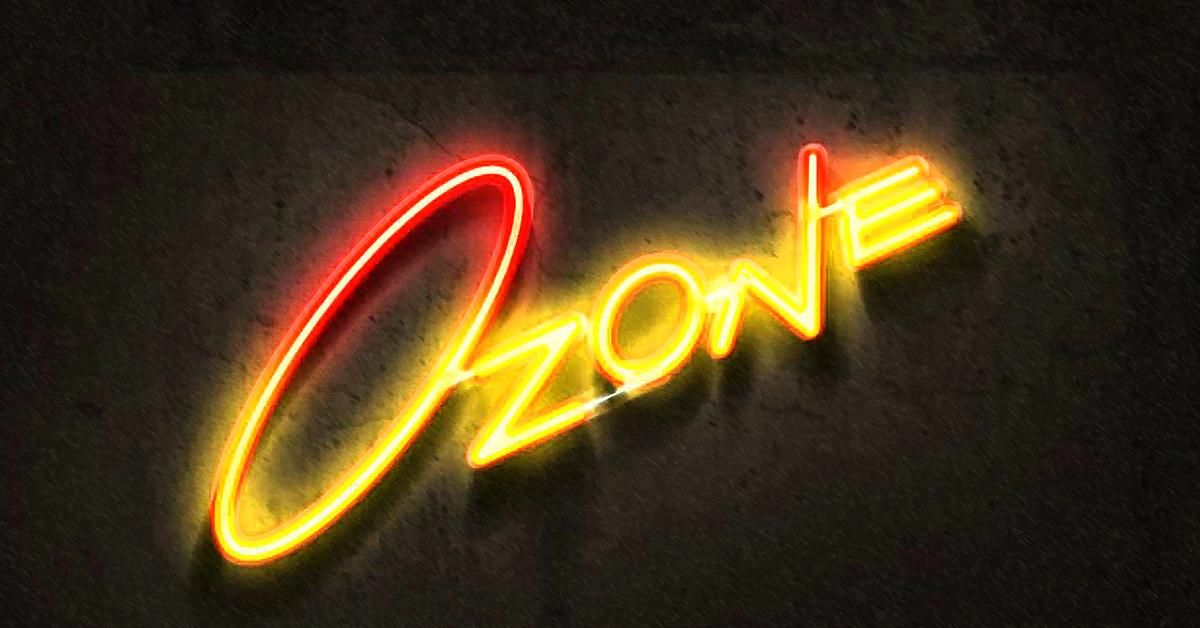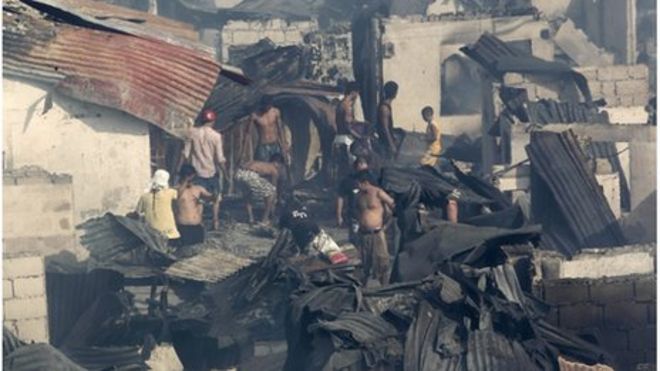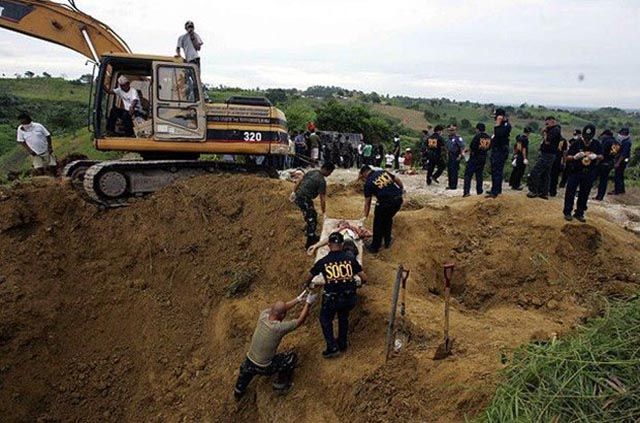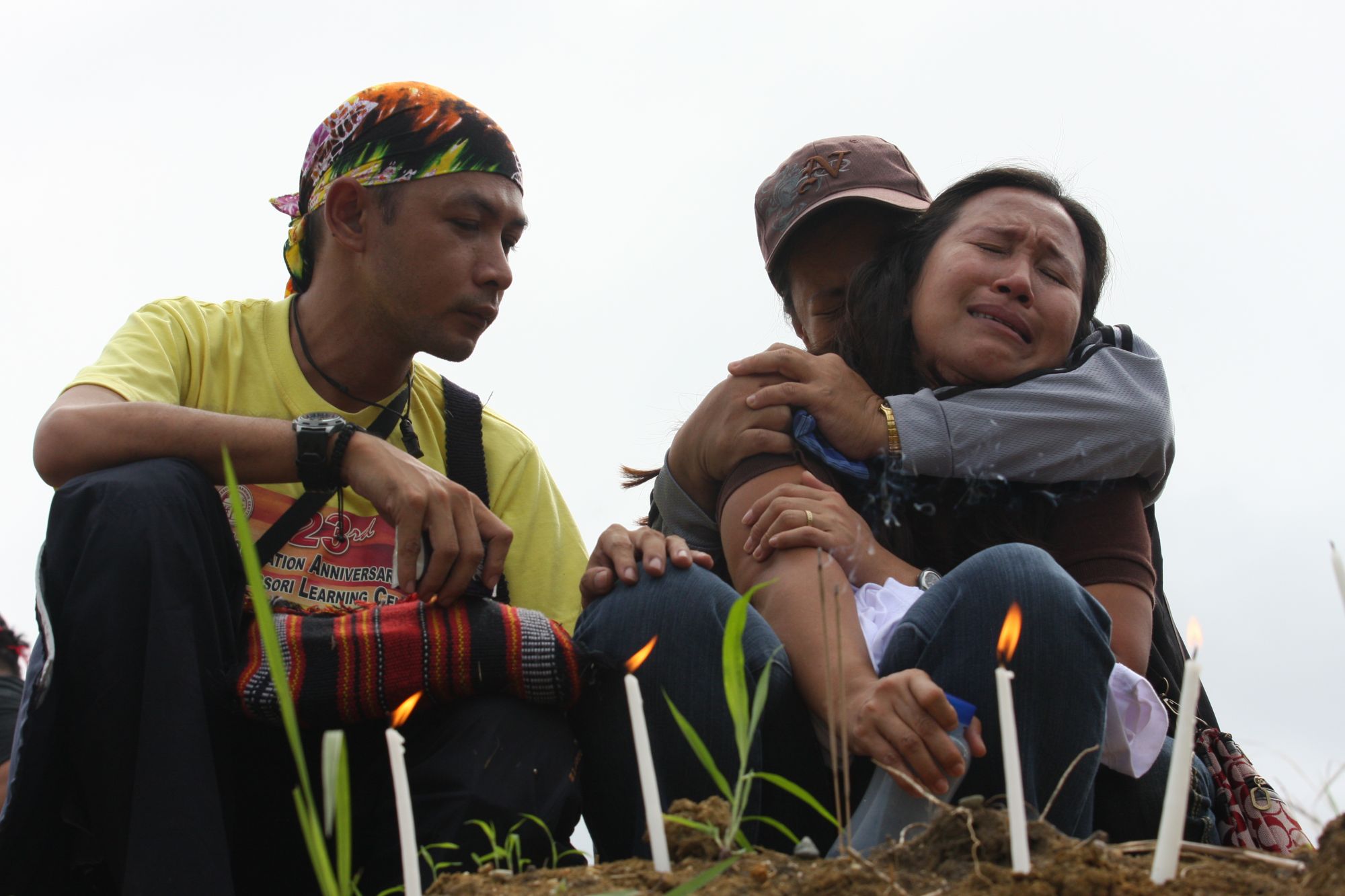Not for the faint of heart: Tatler lists the most harrowing tragedies in Philippine history. Get to know the story behind Manila Film Center's collapse, Ozone Disco fire, and the sinking of the 'Filipino Titanic': MV Doña Paz.
Every night we sleep ever so soundly, secure in the knowledge that the sun will soothe us with its warm rays tomorrow. Sad as it may seem, there are things beyond our control; for people in this article, another sunrise was simply a dream that did not come to fruition.
There are tragedies that time can never bury. For this write-up, Tatler Philippines retells the story of some of the country's darkest, most gruesome incidents.
Related: A Dose of History: The Glory Days Of Philippine Society Before World War II
1. Manila Film Center

In 1981, former first lady Imelda Marcos together with Betty Benitez, the spouse of then Deputy MHS Minister Jose Conrado Benitez, spearheaded the construction of the Manila Film Center. The establishment, which boasts a 360-degree theatre, film laboratory, and film archive centre, was built to host the 1982 Manila International Film Festival.
Marcos wanted to rival Cannes as a world film capital; she envisioned that the Philippines was destined to become the "Cannes of Asia," envied by nations in the Southeast.
With a budget of $25 million (PHP 1,257,625,000~ today), Marcos and Benitez organised a group to pursue the project. The building, which was set to be modelled after the Pantheon in Rome, would have taken six weeks to finish; however, the 4,000 construction workers were only given three days.
For the project to come together in such a short span of time, the labourers had to work nonstop: three shifts every 24 hours.
Read also: Cannes Film Fest: 7 Things You May Not Know About The Awards

